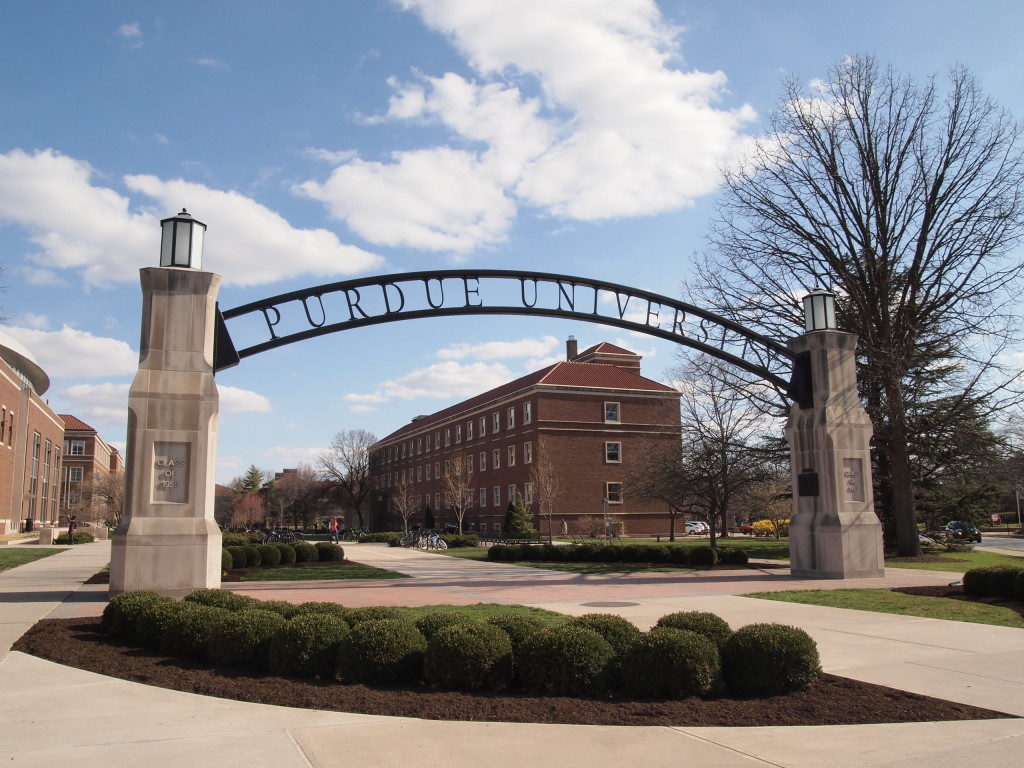Congratulations, class of 2016! As you set out to begin the rest of your lives, you will be carrying more debt than any class in American history. Exciting stuff, right?
This year’s graduating class has beat the previous record of the 2015 graduating class of having the most debt following graduation. Prior to that, the class of 2014 was lucky enough to carry this title, and before that, it was the class of 2013. As the pattern shows, the numbers are increasing year by year.

Photo by Shelia Han
The amount of debt students have owed has skyrocketed for the past few decades. When the class of 1990 graduated, most students had little to no debt to pay off. Of the students who did borrow in 1990, it was no more than $10,000. From 1990 to 2016, the average debt a student owes by the end of their college career has more than doubled.
According to an estimate from Mark Kantrowitz, more than 70 percent of the class of 2016 took out an average of $37,000 worth of loans, making the total amount of debt the class of 2016 owes around $60 billion. Kantrowitz’s estimates are based off the data from the U.S. Department of Education’s National Postsecondary Student Aid Study, including both federal and private loans.
The reason these numbers keep increasing are the rising costs of college tuition, which is prompting discussion on the topic of public policy. One issue is the decline of investment from the government in higher education, resulting in people paying mostly out-of-pocket for their education.
Another fear is that people may wonder if getting a degree is even worth living in debt for the rest of their lives. Most people who graduate college can earn a good living, but their debt could still take up to 20 years to pay off.

Photo by Sarah Silbiger
A study by the think tank Demos found that those in debt tend to be more reluctant to take risks, in fear that their actions will result in more debt. For example, these people are less likely to switch jobs, or move to a new city in fear of failing, even when in turn it could result in an income boost. Another issue with student debt is peoples’ inability to pay them off, resulting in bad credit, or even removal of their job.
The student debt problem is completely transforming the way young people are living, changing the ways they invest, save, and spend. These changes will eventually result in a drastic change for the economy, as well. The increasing costs of college for young people today will affect people of all ages, and this issue will repeat itself for years to come if this pattern continues.
Will the class of 2017 make history next year? Stay tuned.

